Saving Sylk Wook - My First Children's Book
- Ocean Hughes

- Feb 2, 2018
- 4 min read

- Saving Sylk Wood -
All is great in Sylk Wood, until one day Owl returns home from his flight with the terrible news that the forest is shrinking.
Take a journey through the forest, following the adventures of three unlikely friends: a fox, a rabbit and a squirrel as they search for answers and try to uncover why their forest is shrinking.
The Idea
Right from the start, I knew I wanted my book to be for a young audience. I don't know where my fascination with children's book illustration comes from, I think I've just always loved it. The colours, the playful shapes and imaginative subject matter all together make it seem magical to me.
The brief was pretty open, the only guideline was that the narrative had to follow the theme "from here to there". I began this project by studying examples of children's narratives that I love as well as studying some illustrations from my favourite children's books.
One of my favourite illustrators and biggest inspirations is Rebecca Green. Her work is just gorgeous! I love how she somehow manages to capture a playful, almost child-like feeling with her scribbly colouring of pencil on top of gouache. It's something that I would one day love to master and be able to implement into my own work. - Click the image to check out her Blog!
Nature - Finding my inspiration
The theme I was given was so broad that at first it seemed like I would never be able to decide on a narrative which I wanted to illustrate. I played around with a couple of ideas but I eventually decided that it would be best to take inspiration from what inspires me the most. I truly believe that as an artist it is important to take time to notice the little things which inspire you and to explore them to their full potential. I think that if we fill up our mental libraries with shapes, colours or even patterns that inspire us then when it comes to making original artworks we will have a huge catalog of new things to chose from which will make our artworks much more unique.
My biggest inspiration is nature. I love all things flora and fauna! In fact, going on long walks is one of my favourite pastimes and whenever I do I always take my Camera and my sketchbook for drawing and pressing flowers.
So, with that in mind, I decided to write a story about nature. I really wanted the story to teach a hidden lesson about deforestation and the importance of caring for the natural world as this is something else I'm really passionate about.
Character Design
Almost every narrative has characters so this is where I began. I wrote down a long list of about 25 forest animals native to the UK which I thought could make possible interesting characters. I started sketching, really trying to stylise the animals and make them all visually go together in one set.
The sketches started off really rough - as I expected - but after a couple of days of redrawing and refining them I had a set of characters which I was really pleased with!
The Story
I attributed some of the natural characteristics of the animals to my characters in my story. For example, Rabbit is quite anxious and jumpy just like real rabbits. She is also kind of sassy and she stomps her feet when she's mad. I thought this added more fun to the characters and brought them more to life. It was a really enjoyable process too!
Next came the part where I started writing my narrative. Without giving too much away, I wanted the story to be written with the animals level of understanding. I thought this added more of a sense of mystery and uncertainty and also allowed the reader to empathise with the animals and their situation more effectively.
I came up with my beginning, middle and end, and sat down to write my story.
It ended up being quite long, so the writing process took me a good couple of weeks.
Thumbnail Sketches
I printed out my narrative and made some final adjustments to the text. I also began to draw out some really rough sketches of my ideas for illustrations which I though would work well with the text.
This stage lasted weeks. I drew out rough thumbnails for every section of text that I wanted to illustrate. - Here are just a few of my first sketches for the book.
Dummy Book
It was a requirement for the brief to construct a dummy book which, if you don't know, is basically a rough handmade book that includes all of the thumbnail sketches in sequence and position. If I were to take this book to an editor then I would show them the dummy book as a rough to give a strong impression of the feel of the book without restricting the possibility of making any changes to it.




Finalised Spreads
Finally! After almost a year since I had first started thinking about this story it was time to sit down and illustrate the finished spreads. For the brief I was given I was only required to do 4 double page spreads. So, I chose to illustrate 3 double page spreads and the cover for the book. I used my drawing tablet and photoshop to create the artwork.
All of the textures you can see in the final illustrations were scanned in and overlaid on top of my layers, I was really pleased with how this turned out in the end. It's not a technique that I've ever used in my work before but I think that it gives the book a really tangible and playful edge.





I hope you've enjoyed reading through the process behind making my first children's book.
Thank you for reading!

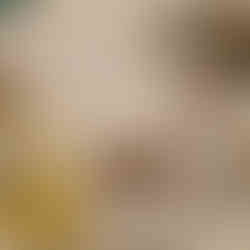

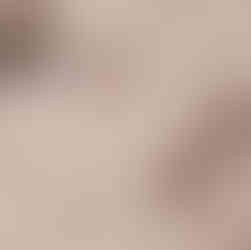

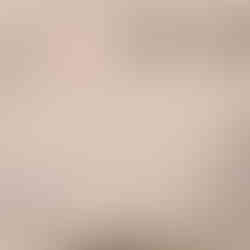

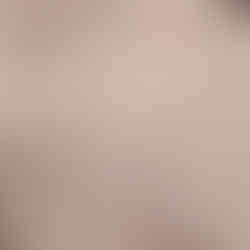

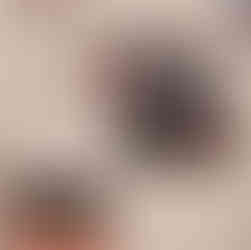

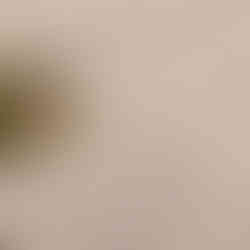


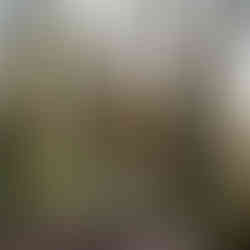

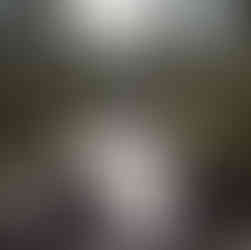

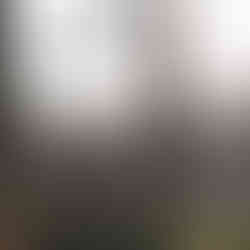

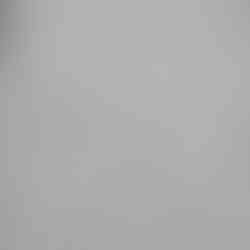

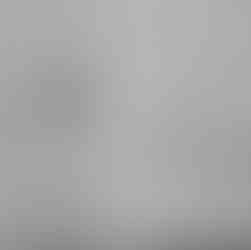


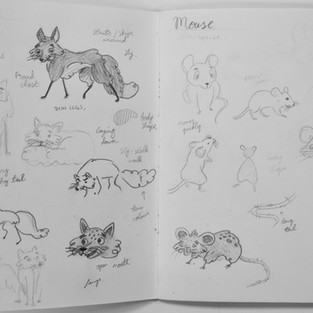

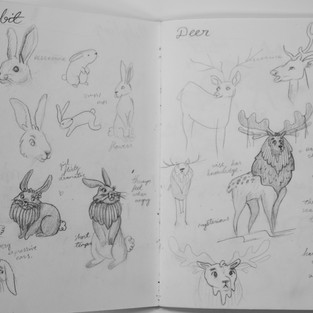








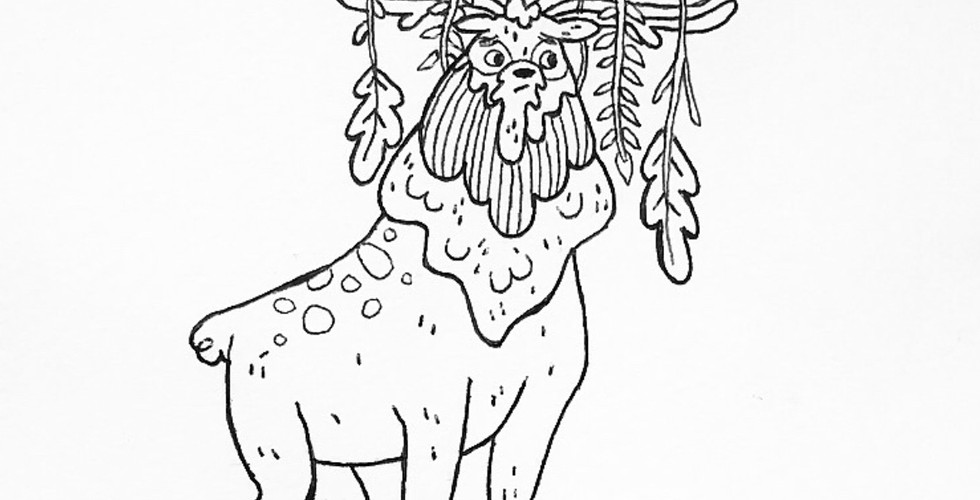

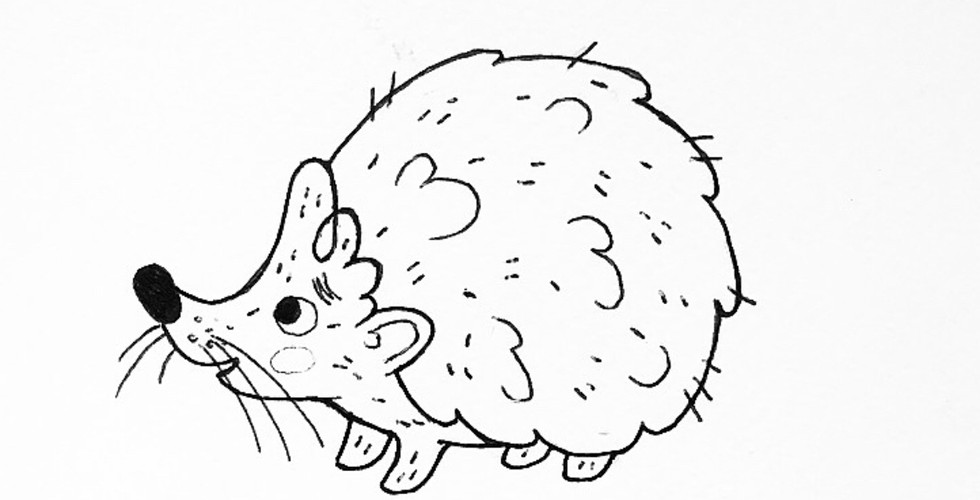








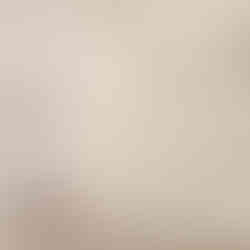

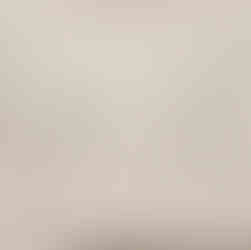

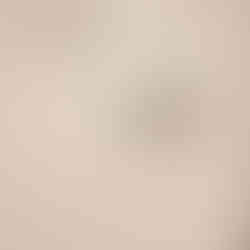

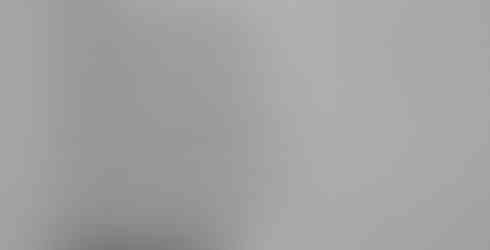

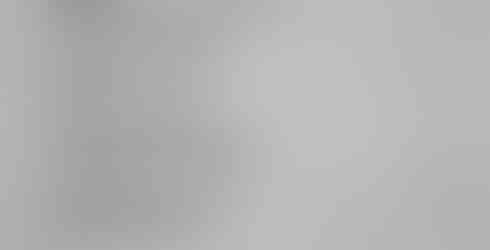

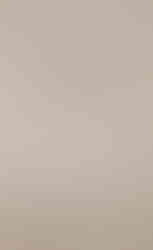


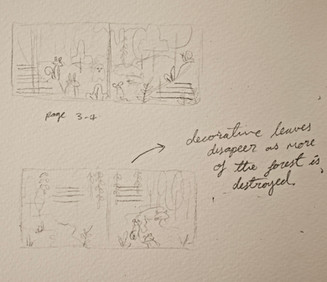
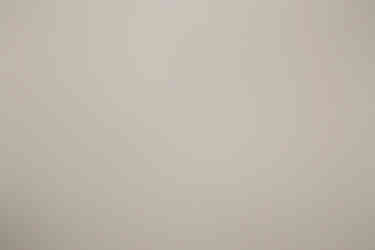

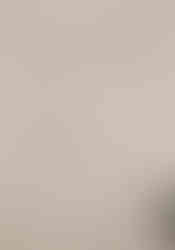

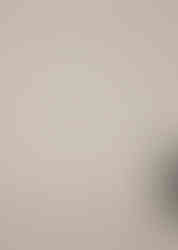

Comments